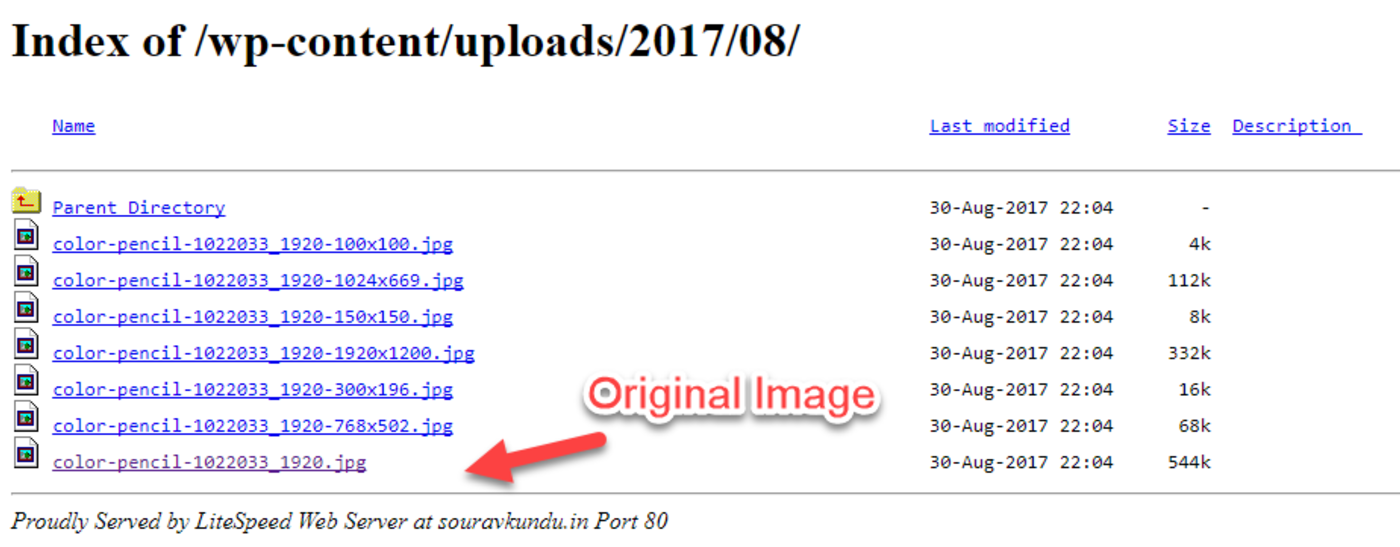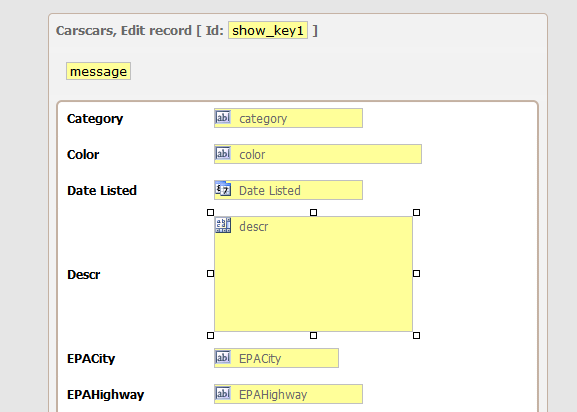How to Change Visual Effects Settings in Windows 10 Visual effects are the visual bells and whistles for the appearance of Windows for your account. These visual bells and whistles can affect the performance of Windows on the PC though.
Studies show people remember at least _____ more information when the document they are seeing or reading contains visual elements. One-third You can change the transparency of a picture used as a slide's background in the _____ dialog box. To change the width of a column, drag its Resize handle ( I to the left or right. Past Week W All Images All Movies Ell All Documents GOO EB Remote Disc 1-1,.

. Flip or rotate blocks or groups of blocks.
These adjustments help blocks to fit in the model and connect with other blocks. Reposition or hide block names. Add colors to blocks and to the background. Adjust aesthetics by changing fonts and deepening the intensity of drop shadows.
Resize Or Change The Visual Appearance Of A Movie Times
Surround groups of blocks with a box to show that the blocks are related. Copy formatting from a block, line, or area to another model element. Document a model using text, image, and math annotations. Annotate a block.
Change the block icon, for example, display a graphic on the block. Use a mask to achieve this effect. A mask also enables you to design a custom interface for a block. To learn about masks, see.
Flip or Rotate Blocks You can change the orientation of a block or a group of blocks by rotating in 90-degree increments or by flipping. Rotate or flip blocks to fit better in the model, for example, in feedback loops. You might also need to rotate so that inports align with outports or to make better use of the model canvas.
The figure shows a Gain block flipped to simplify a feedback loop diagram. To rotate or flip a block, select the block and select a command from the Diagram Rotate & Flip menu. You can rotate clockwise ( Ctrl+R) or counterclockwise. With a single block selected, the Flip Block command flips the block based on the orientation of its ports. For example, if the ports are on the sides, the block flips left to right. Blocks rotate when you place them on a signal line that has an orientation other than left to right.
For example, if the signal goes from bottom to top and you place a block on it, the block rotates with its ports up. To rotate or flip a group of blocks, select multiple blocks, and then select the rotate or flip command. The rotation or flip occurs as a group. The group of blocks flip only left to right when you flip blocks as a group. After you rotate or flip a group of blocks, you can improve the readability of the model by editing the signal lines. The Auto-route Line command on the action bar might improve the appearance of signals. (For information on rotation with multiple ports, see.) For example, suppose you rotate these selected blocks.
Port Location After Rotating or Flipping Rotating moves block ports from the sides to top and bottom or the reverse, depending on the placement of the ports. The resulting positions of the block ports depend on the block port rotation type. Rotating can reposition the ports on some blocks to maintain left-to-right or top-to-bottom port numbering order. A block whose ports are reordered after a rotation have the default port rotation type.
This policy helps to maintain the left-right and top-down block diagram orientation convention used in control system modeling applications. Blocks by default use this rotation policy.
The figure shows the effect of clockwise rotation on a block with the default port rotation policy. Flipping a block moves the ports to the opposite side of the block, creating a mirror image, regardless of port rotation type. Manage Block Names You can manage block names by displaying or hiding them and by changing their location on the block. Hide or Display Block Names The Simulink ® Editor names blocks when you create them. The first occurrence of the block is the library block name, for example, Gain.
The next occurrence is the block name with a number appended. Each new block increments the number, for example, Gain1, Gain2, and so on. These names are called automatic names. By default, the Editor hides these names. You can choose whether to hide or display block names.
Display all the hidden automatic names. Select the Display menu, and clear the Hide Automatic Names check box.
Temporarily display a hidden automatic block name by selecting the block. Name the block explicitly, for example, by its purpose in the model.
The Hide Automatic Names setting does not affect blocks that you name explicitly. To name a block, select it, double-click the name, and type the new name. In addition, you can explicitly hide or display any block name. Explicitly hidden or displayed blocks are not affected by the Hide Automatic Names setting. To explicitly hide or display a block name, select the block, select Diagram Format Show Block Name and then select. To change outline color on a block, text color in an annotation, or interior color for an area, select the element, and then select Diagram Format Foreground Color.

Changing the foreground color of a block also changes the color of its output signals. To change interior color on a block or background color in an annotation, select the element, and then select Diagram Format Background Color. To change a background color in a system, open the system, and then select Diagram Format Canvas Color.
You can select a color from the menu or select Custom to open the color picker and define your own color. You can also use the Property Inspector to change color for an area or an annotation. To specify colors programmatically, see Specify Fonts in Models Change font family, style, and size for any model element to make your model easier to read or to comply with company standards. You can modify the font for selected blocks, signal labels, areas, and annotations. Changing a block’s font changes the font for the name and for text that appears on the block. You can also change the default font for the model.
The default font affects any elements whose font you have not changed and any new elements you create. If you want to use the same default font in all new models, change the default model font in your default template. To change the font of a block, signal label, area, or annotation, select the element, and then select Diagram Format Font Style for Selection. Use the dialog box to specify the font information.
To change the default font for the model, with no selection, select Diagram Format Font Style for Model. Use the dialog box to specify the font information. You can also use the Property Inspector to change font for an area or an annotation. Select Font Dialog Box on Linux Machines On Linux ® machines configured for English, the Font style list in the Select Font dialog box can appear out of order and in another language in some fonts.
If the characters in your Font style list appear in another language, set the LANG environment variable to enUS.utf-8 before you start MATLAB ®. For example, at a Linux terminal, enter. Tip To move an area without moving its contents, hold Alt ( option on a Mac) and drag. Alternatively, you can drag an area box from the palette onto the canvas, resize the box, and move it to the desired location. Convert Area to a Subsystem An area is similar to a subsystem in that it is a way to group related blocks. However, a subsystem creates a hierarchy, replacing multiple blocks in a model with a single block. You can initially group related blocks in an area and later decide to put those blocks in a subsystem by converting the area.
The resulting subsystem has the same name, blocks, description, and requirements traceability information as the area. To convert an area to a subsystem, right-click the area and select Create Subsystem from Area. Copy Formatting Between Model Elements If you have applied formatting to a block, signal line, or area in a model, you can copy the formatting and apply it to another model element. Examples of formatting include font changes, foreground and background color, and drop shadow effects.
Changing the Appearance of Windows Forms. 2 minutes to read.

Contributors. In this article You can customize the look of your Windows Forms applications in many different ways, such as changing the border, opacity, shape, style, or setting a background image for your Windows Forms application.
In This Section Shows how to change the border style of a form. Reference Describes this class and has links to all of its members. Describes this enumeration and contains descriptions of all of its members. Describes this class and has links to all of its members. Describes this class and has links to all of its members.
Describes this class and has links to all of its members. Describes this class and has links to all of its members. Related Sections Contains links to topics that show how to change the size and scale of a form. Contains links to topics that describe how to perform custom drawing on Windows Forms. List owner-draw support in Windows Forms controls.
Most Viewed Articles
- Med-transer V11.5 Computer For Mac
- Mio C220 Driver For Mac
- Ipodbatteryindicator 1.1 Free Download For Mac
- Why Does My Microsoft Office For Mac
- Spelunky Free Download For Mac
- Papisa Joana Download Rmvb For Mac
- Hp Pavillion Dv5000 Drivers For Mac
- How To Download Just Cause 4 For Mac
- Digidesign Sound Accelerator Ii Rev B2 Used. For Mac
- Fillable Online Nec Projector Image Express Utility 2 For Mac
- Stage Designer Pro For Mac
- Macheist What Improvement For Mac
- Cisco Web Camera Driver For Mac
- Muratec Mfx-1600 Drivers For Mac
- Free Dcp Software For Mac
- Printlife For Mac
- Isql-viewer For Mac
- Ctl-480 Drivers For Mac
- Contaplus Flex Keygen For Mac
- Smarttop Usb Support And Update Software Now Available For Mac
- Resume Templates Mac 97439 Resume Sample Free Creative